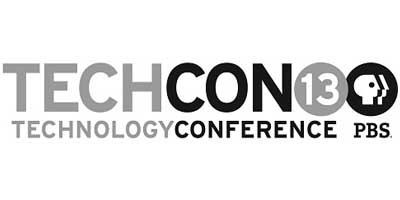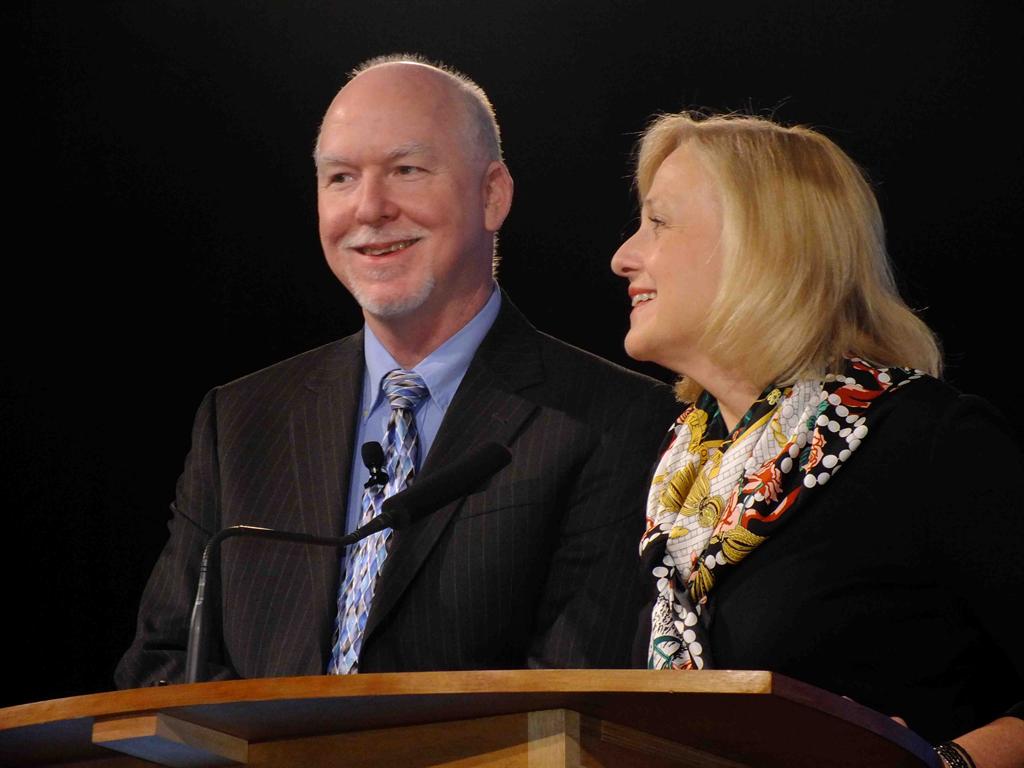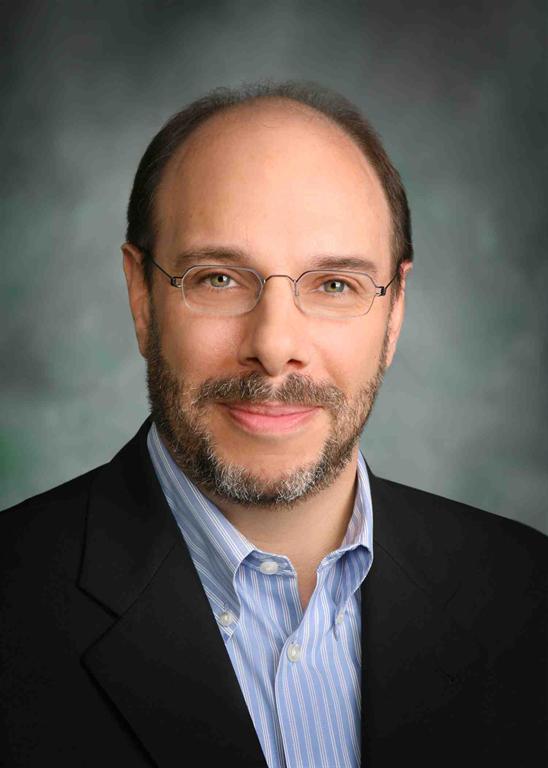PBS Explores its Tech Future at TechCon 2013

LAS VEGAS—With an intrepid “show-must-go-on” spirit that would do the stiff-upper lipped cast of “Downton Abbey” proud, PBS technologists and member station managers gather at Planet Hollywood the first week of April for the network’s annual Technical Conference, a pre-NAB round of seminars, networking opportunities and vendor exhibits. Blunt force budgeting and perennial political target status notwithstanding, “PBS and public television stations continue to thrive,” said John McCoskey, PBS chief technology officer. “Our mission-based content resonates with the American public at both the national and local level. “For 10 years in a row, PBS has been the most trusted media entity in the country.”
SHARING BEST PRACTICES
Citing consistent year-to-year turnout, McCoskey deems the conference “a high-value proposition to the attendees [and] linking it to NAB keeps travel costs down and lets sponsors focus attention on our stations prior to the ‘chaos’ of NAB. [TechCon’s] primary objective is fostering dialogue and information sharing among PBS staff, stations and key technology suppliers.”
PBS members represent 20 percent of the country’s full-power television stations, according to Eric Wolf, vice president for technology strategy and planning for PBS. “Exhibitors appreciate the opportunity for in-depth communication with those stations for a few days before NAB.”

PBS CTO John McCoskey (L) with PBS President Paula Kerger at the 2012 PBS TechCon With some 50 sessions, panels and keynote events scheduled, the conference agenda is solid. “We were only able to accept about half of the papers and panel suggestions submitted; we made some tough choices, [but] we also have a very high quality result.” Session topics range from the heavily technical, like IP networking architecture, next-gen codecs, QoE/QoS metrics for OTT television and genlock & 10 GB Ethernet, to the content-centric such as “TV Anytime,” or reaching viewers on alternate platforms. Others are more management- and people skills-focused, like “Business Boot Camp for Engineers” and “Cat to Cat-Herder: the Transition from Engineer to Manager.”
“Needing to do more with less is always a reality for PBS and [our member] stations, says McCoskey. “The good news is that through technology advances and innovation we continue to find efficiencies [and] the conference is a great venue for sharing best practices.” To help measure success and prepare for the next TechCon, Wolf notes “We ask for a lot of feedback from attendees and exhibitors about session relevance, quality, logistics, and speakers; we get a pretty realistic view from the stakeholders about how successful we are each year and roll those results into our planning, so it’s a continuous process of evaluation and adaptation.” McCoskey adds, “I’m always looking for idea exchanges and feedback during the conference; it’s easy to see if vendors and PBS and station staffs are communicating and collaborating; you can feel the passion and energy when things are hitting the mark.”
NGIS MILESTONES

Eric Wolf To succeed at doing more with less, PBS is often a test bed and early adopter of technology, as in the 10-year Next Generation Interconnect System initiative. The final step, transitioning from MPEG-2 to MPEG-4, was recently completed. “We dramatically increased the quality of our linear satellite channels to the stations, added a fifth HD service and were able to reduce satellite needs from four to three Ku-band transponders, an absolute win-win project all around,” McCoskey said.
In conjunction with NGIS, the Non-Realtime content delivery project, designed to further reduce PBS’ reliance on costly satellites, is nearly complete with gear deployed to all the stations and some 70 percent of content available on the system. “The wide diversity of station configurations and video servers has made this very challenging to design and deploy,” McCoskey said. “Now that everyone’s equipment is in place and operational, we’ve shifted focus to training station traffic staff on how to use the system to streamline operations.” A number of conference sessions will focus on end-user education and the new NRT workflows.
Another streamlining opportunity is master control. Several regional centralcast projects are underway (“New York Public Broadcasters Centralize Master Control” ) or under development, although McCoskey doesn’t expect shared master control facilities to encompass a majority of stations anytime soon. “But in the right circumstances they make a great deal of sense,” he said. “A few are moving their master controls to commercial operators; none of these options is a perfect fit, but for the first time stations have multiple options they can evaluate solely from a business and operating expense perspective.”
Spectrum is another top-ten worry-meter topic for broadcasters of all persuasions and TechCon attendees will receive updates from several expert panels. “We’ve been very active in the spectrum discussions since the National Broadband Plan was released,” says Wolf “and continue to work closely with the Association of Public Television Stations and Corporation for Public Broadcasting to ensure station and viewer interests are well represented as the spectrum auction and repacking move forward at the FCC.”
MOBILE PLATFORMS
Regardless of the outcome, PBS is well positioned in regard to non-traditional, multiplatform content distribution with a reported 36 million unique visitors across all PBS sites in January; more than 21 million of those to PBS.org, more than any other broadcast network. Americans viewed some 229 million PBS videos in January, nearly 70 percent delivered to mobile platforms. Non-broadcast distribution “has been additive to traditional consumption of public television content; viewing is up across-the-board as people have more ways to find and consume quality content,” notes McCoskey. “Ratings and hours viewed increased last year, along with increases in time-shifted DVR viewing, video-on-demand, online, mobile and OTT consumption.”
McCoskey is very bullish on the future of public television and on the role of broadcasting in the future of media distribution. “A core element of our mission is to serve all citizens of the country with free high-quality, inspiring and educational content [and] over-the-air broadcast is the foundation for meeting that objective,” he said. Even as the number of antenna-only households shrinks, “the majority of viewers receiving public television over cable or satellite does so via over-the-air broadcast from our member stations to cable and satellite reception points; rural, minority and economically challenged families also rely heavily on free over-the-air broadcast television.”
PBS TechCon takes place April 3-5. For more information, visit http://www.pbs.org/events/.
Get the TV Tech Newsletter
The professional video industry's #1 source for news, trends and product and tech information. Sign up below.
